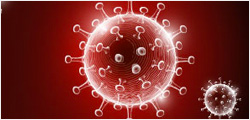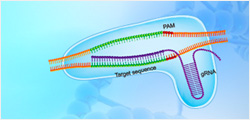SLAMF7/CRACC/CD319, His, Cynomolgus
CD2-like receptor activating cytotoxic cells (CRACC), also known as CS1, novel Ly9, SLAMF7, and CD319, is a 65-75 kDa type I transmembrane glycoprotein in the SLAM subgroup of the CD2 family.Self-ligand receptor of the signaling lymphocytic activation molecule (SLAM) family. SLAM receptors triggered by homo- or heterotypic cell-cell interactions are modulating the activation and differentiation of a wide variety of immune cells and thus are involved in the regulation and interconnection of both innate and adaptive immune response.
| ¥3500 | |
| Z04139-100 | |
|
|
|
|
|
|
|
|
|



































